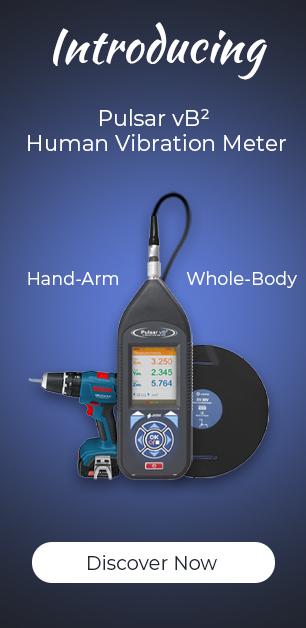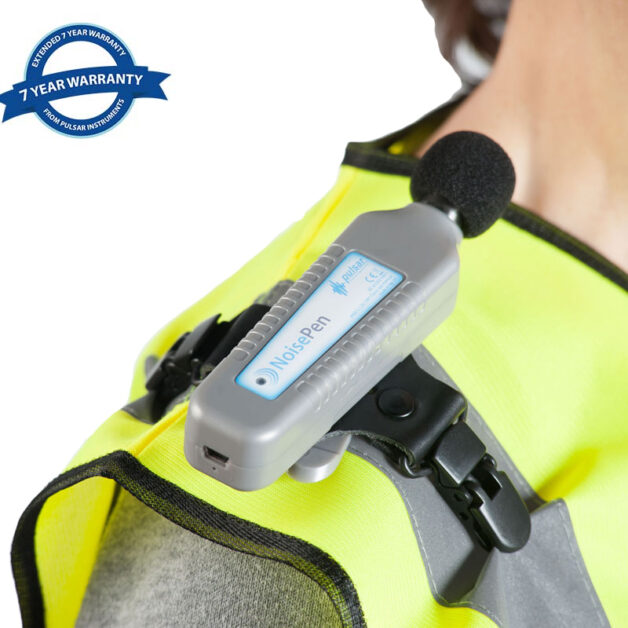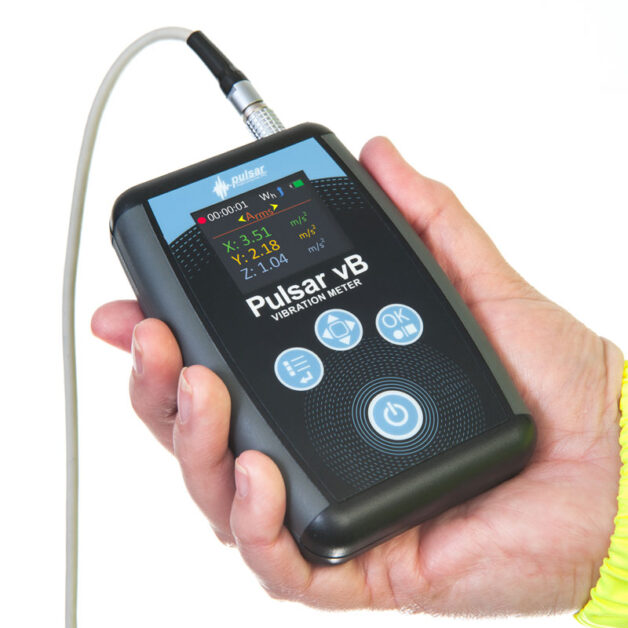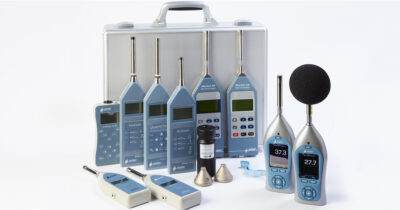Noise pollution from medical equipment, alarms, phones, doors opening and closing, staff activities and visitors can make hospitals and especially intensive care units very noisy places. Add to that the amount of hard reflective surfaces and how close beds are to each other and you’ve got an acoustically unpleasant environment where noise bounces around and gets amplified. Anyone who has ever stayed overnight will know how high hospital noise levels can be.
It’s not only the patients’ that are affected though. These high hospital noise levels can also have an impact on staff performance and burnout rates. Staff suffer from the difficulty of hearing each other (and patients) and this, in turn, can compromise the quality and safety of healthcare.
King’s College London recently published research which found that noise levels in intensive care – where the most vulnerable patients are looked after – regularly exceed 100 decibels; way above the recommended workplace noise Action Limit of 87dB (where hearing PPE is compulsory!). At that level, noise pollution has been implicated in the development of a condition known as intensive care psychosis – a form of delirium where patients experience anxiety, become paranoid, hear voices and see things that are not there.
For staff, it seems this noisy working environment is unavoidable – but the consequent stress can affect their performance, and in patients, this noise level is associated with increased stress, greater pain sensitivity, high blood pressure, poor mental health. and longer hospital stays.
The King’s College research team say that current attempts to reduce noise have been “piecemeal and idiosyncratic”, and they are calling for a more co-ordinated approach that actively involves both the hospital, its patients and their visitors. They believe the following areas should be considered for treatment:
- The hospital soundscape must be considered as a whole – not just the noisiest elements, such as hospital machinery and alarms, but also low intrusive sounds, such as the noise of keys in locks and squeaky doors
- Patients’ perception and response to a variety of common hospital sounds should be more thoroughly researched. Researchers were surprised to learn some sounds, such as the tea trolley, brought a degree of comfort to patients – as a signal of social interaction
- Patients and families need clear information about probably noise levels during admissions, so they are better prepared in advance, and can consider simple solutions such as bringing their own headphones or earplugs
Dr Xyrichis from the college suggests that modifications can be made to existing environments at a relatively low cost, these can include:
- Interventions such as sound-absorbing panels, and
- noise-warning systems.
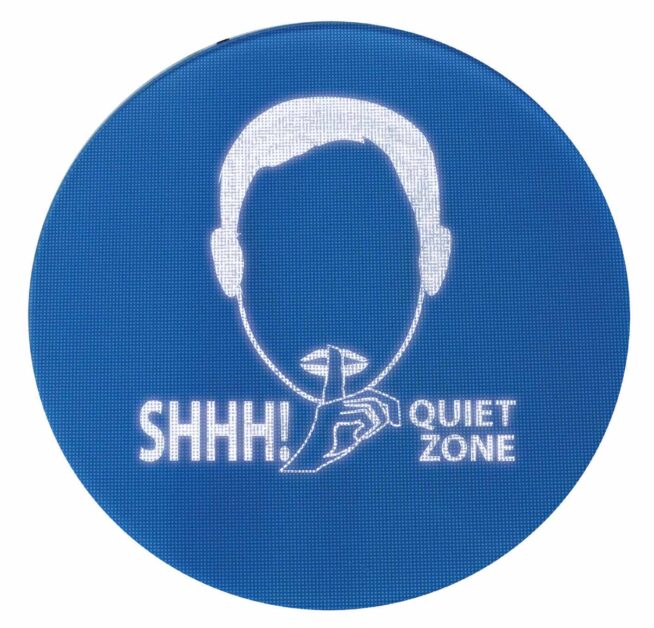
Pulsar Instruments’ solutions:
Pulsar Instruments has developed its Pulsar SafeEar Noise-Activated Warning Sign to help remind visitors and staff to keep noise levels down. The noise warning sign quickly lights up when a pre-set noise level is exceeded and warns staff and visitors when hospital noise levels are getting too high and need to be reduced.
It really is a simple, accurate, visual and low-cost solution to managing noise and protecting patients hearing.
A range of other suggestions for tackling hospital noise is available on our solutions pages
You might also like:
- Hospital noise at night exceeds WHO recommendations
- Noise level monitoring system flashes alerts in real time
Please contact us for more advice on monitoring and controlling hospital noise.
Reference:
Kings College London (Nov 2018): Noise pollution in hospitals – a rising problem.

